Lviv
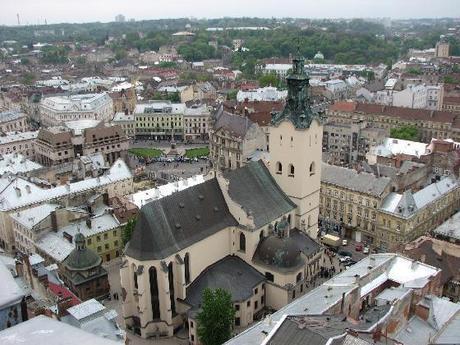
Lviv (Lvov) is regarded as one of the main cultural centers of Ukraine. In September 2006 Lviv celebrated its 750th anniversary. The city was established in the early 1200s during the reign King Danylo Halytskiy of the principality of Halych-Volhynia in honor of his son Lev. After the death of Danylo Lev made Lviv the capital of Halych-Volhynia. From the very beginning of its existence the city has become the cultural capital of western Ukrainian lands. The history of Lviv is very rich and concerned with the history of many countries and empires.
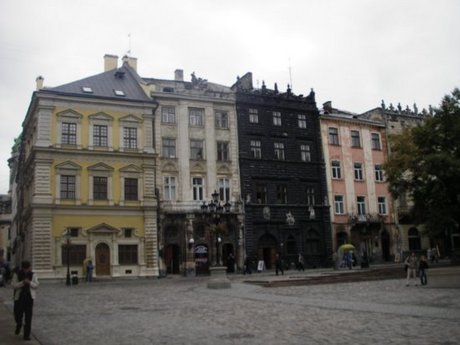
Black House (Black Kamenica) is located in Lviv, at Market Square, 4. The building is the architectural monument of the XVI-XVII centuries and has no analogues not only in Lviv, but also throughout Europe. It is famous for its stones, grown dark with age. Its construction was started in 1588, three years after Italian (Venice) Patio was built next to Black Stone.
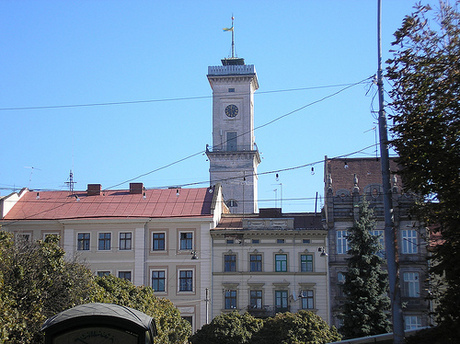
Lviv Town Hall is the administrative building in the central part of Lviv. The first town hall in Lviv was made of wood and burned in the late XIV century. The new tower was founded in 1827 and was built in 1830-1835 in the style of Viennese classicism. The authors of the project are the architects Y. Markley, F. Thresher (or Treter), A. Vondrashek. The Town Hall is made of brick, four-story, square in plan, with patio. Above the town hall there raises the clock tower (made on the factory of V. Stil near Vienna).
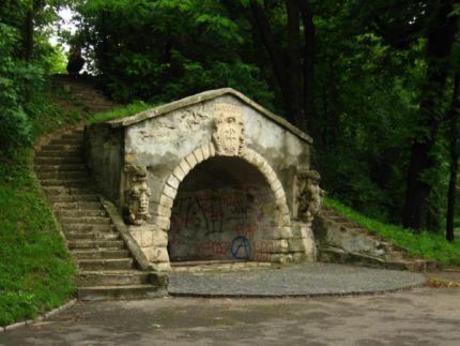
The Park “High Castle”, located almost in the center of Lviv, rises majestically above the city. From the highest point, at the altitude of 413 meters above sea level, where is the observation point, there is a breathtaking panorama of the ancient city. Among the medieval architecture there could be seen the green islands of Lviv parks.
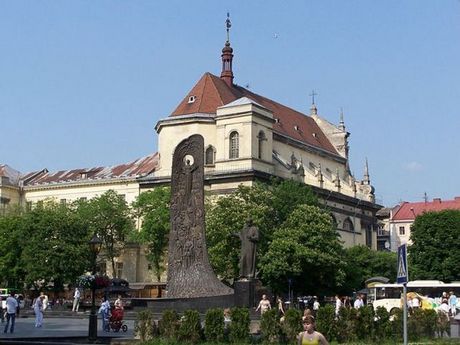
Jesuit Church of St. Peter and Paul is located on the Theatre Street and is considered one of the first monuments of Baroque architecture in Lviv. In 1610, the Jesuits (members of the monastic order of the Roman Catholic Church) began its construction. It is known that at the very beginning the works were managed by monk Sebastian Lamhaus, and continued – by D. Briano. The church was almost finished by 1630. According to the very forms the church reminds the church of il Gesu in Rome. At that time its dimensions were impressive: 41 meters long, 22 meters wide and 26 m in height.
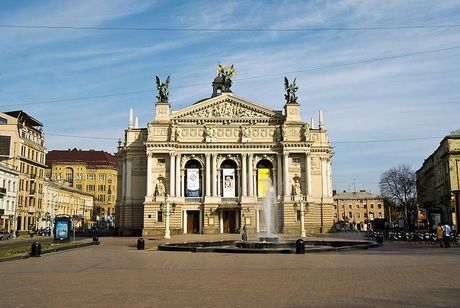
Lviv Opera and Ballet Theatre of S.A. Krushelnytska is also known as Lviv National Academic Theatre of Opera and Ballet of S.A. Krushelnytska. It is located on the Prospect of Freedom, 28.
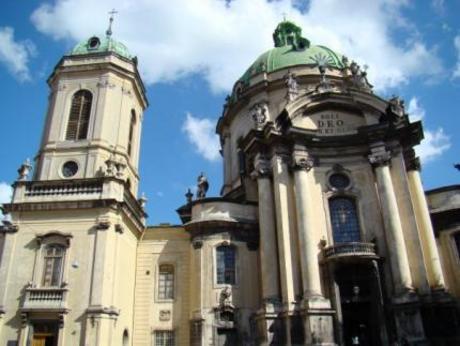
Dominican Cathedral and Monastery is one of the most important and beautiful architectural monuments in Lviv, built in Baroque style. It is located at Museum Sq., 1. The temple is known as the Temple of the Holy Eucharist since in 1990 it was turned over to the Ukrainian Greek Catholic Church. In its walls there is the famous Museum of Religion and Atheism, opened in 1972, as well as creative association "Dzyga".
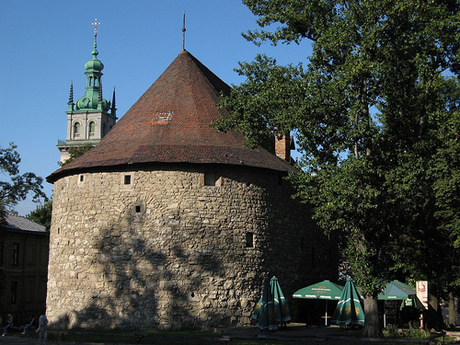
The construction of the Powder Tower, located in Lviv, dates back 1554-1556 years. The tower belongs to the monuments of military and defense architecture that existed during the Renaissance.
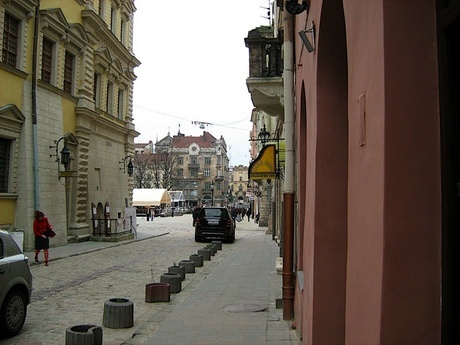
The Armenian community, one of the oldest in Lviv, had formed over a period of many years a centre for its national life in Lviv. Its unique architecture portrays the original spirit of this Eastern Christian culture.
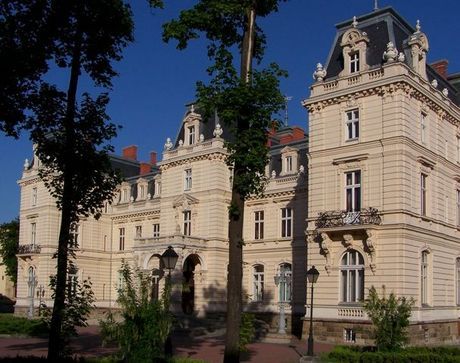
The Palace of Counts Potockis is a majestic edifice in French Neo-renaissance style of late 19th century.

